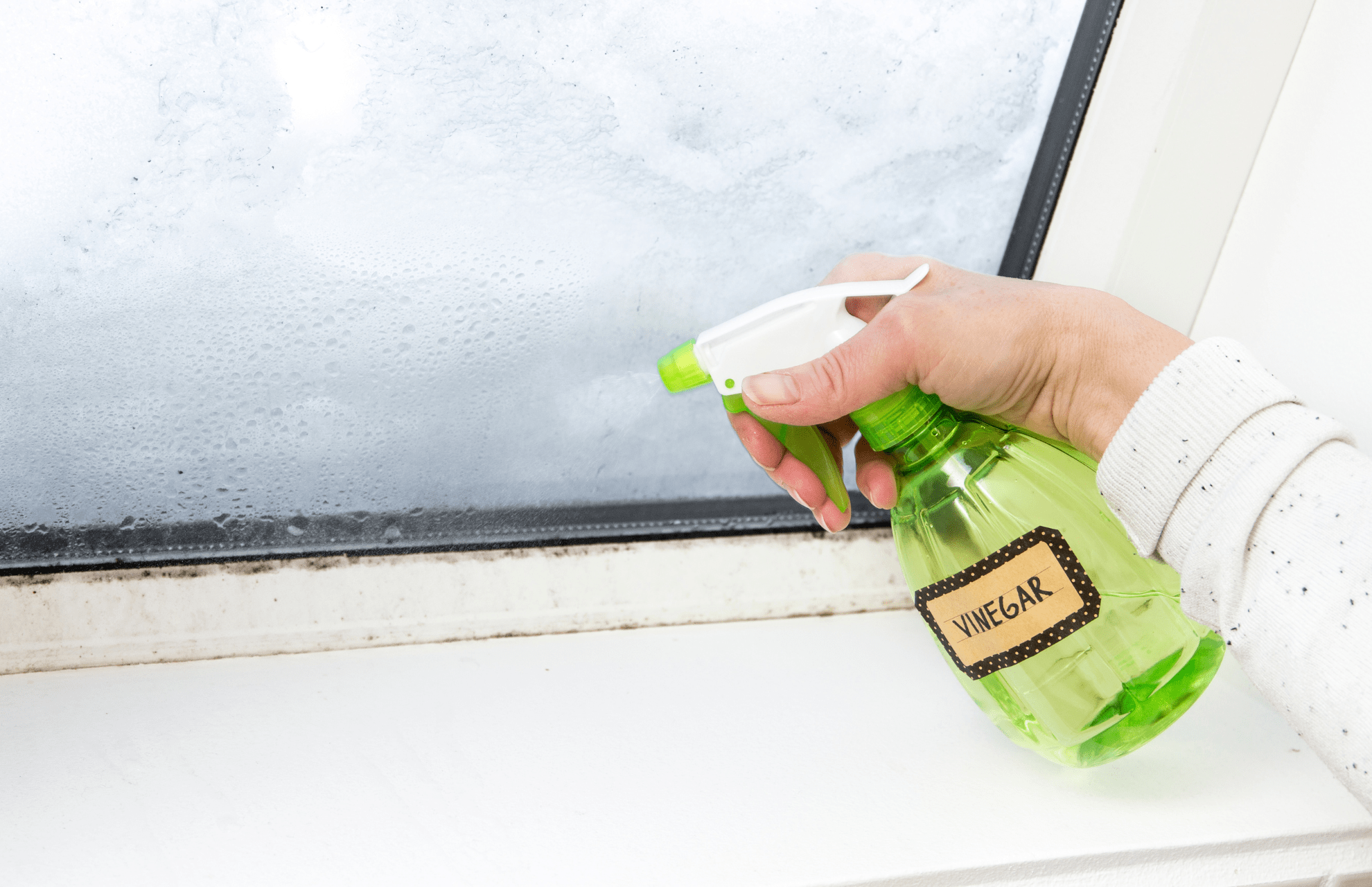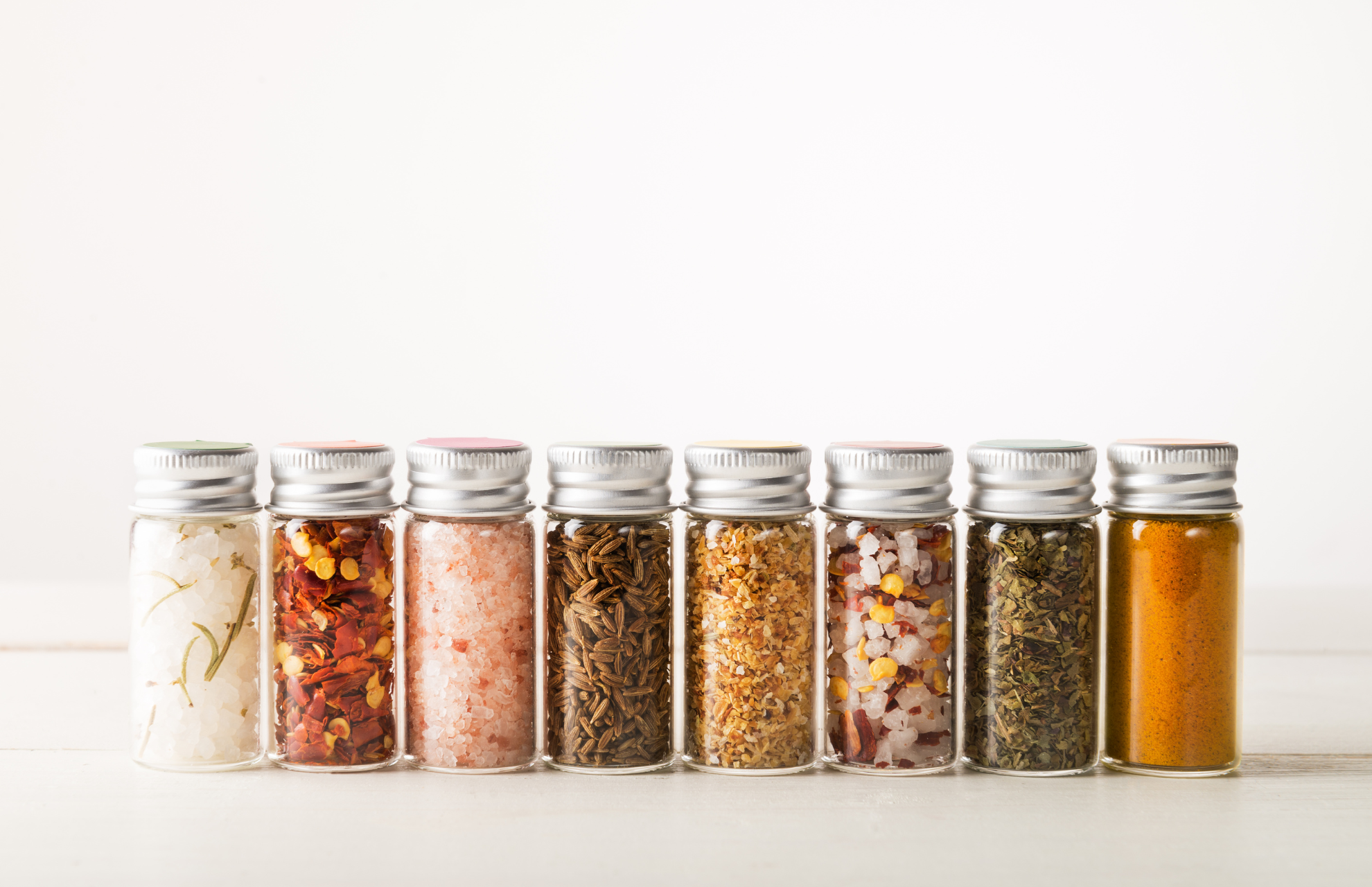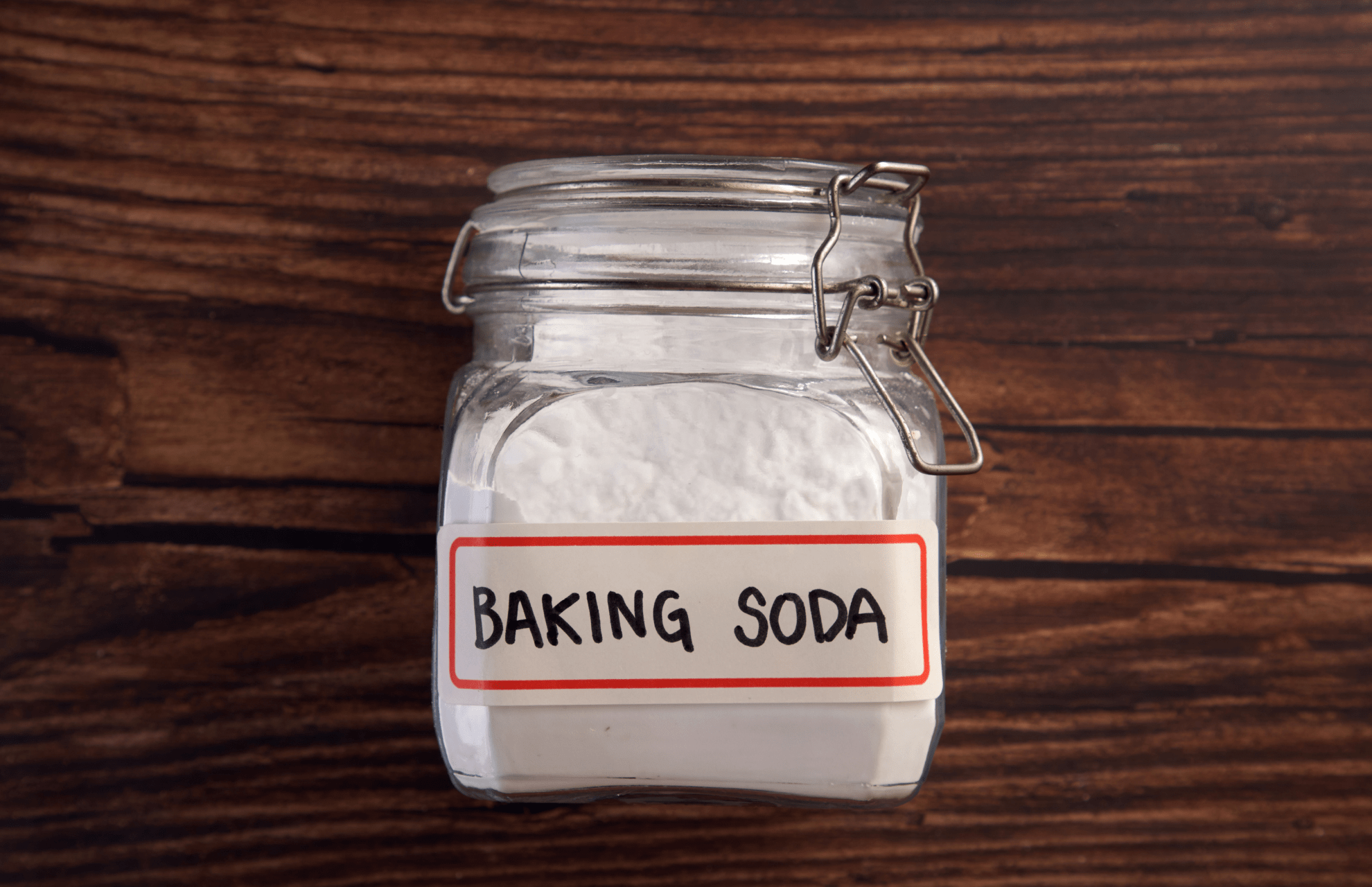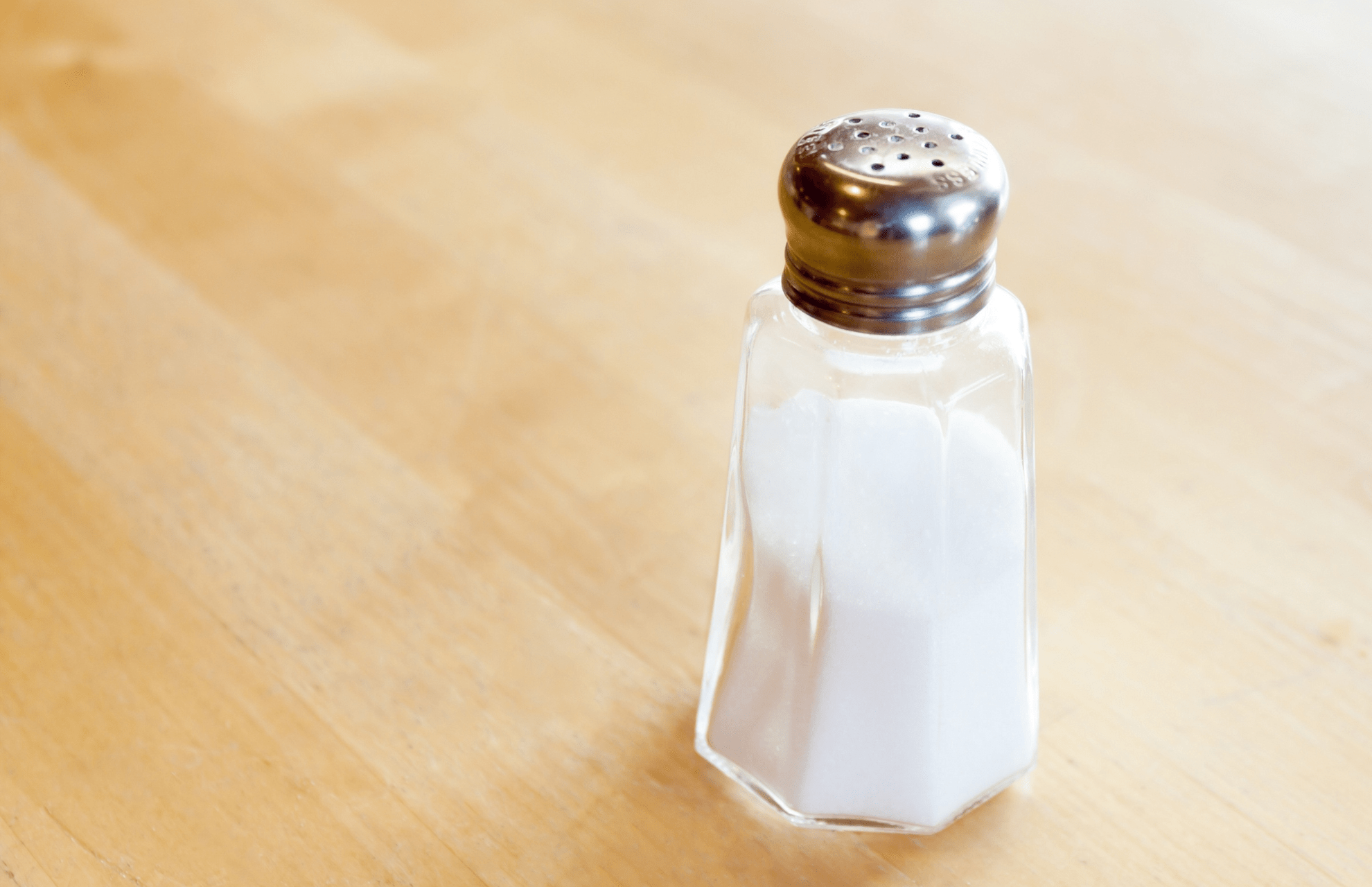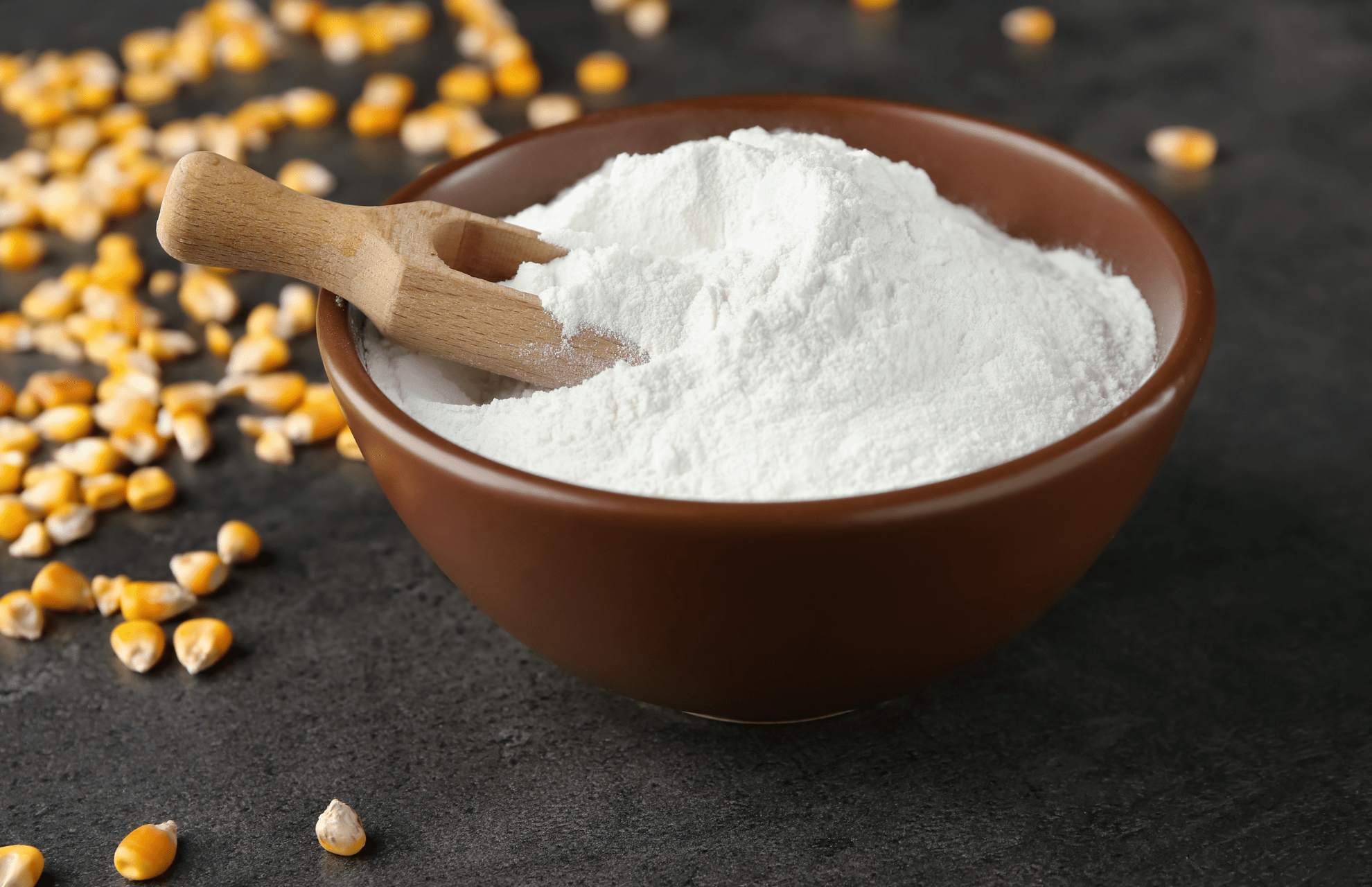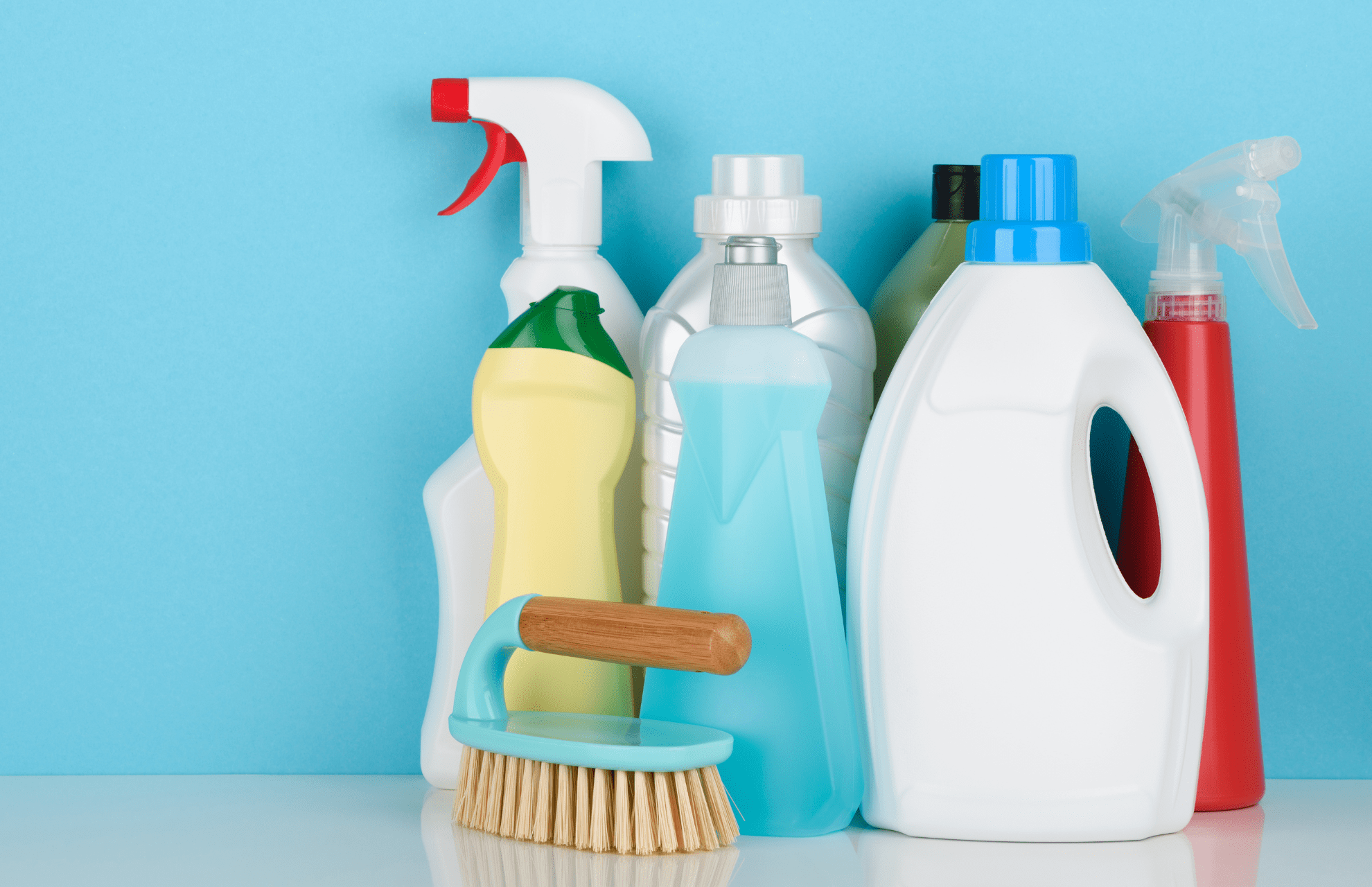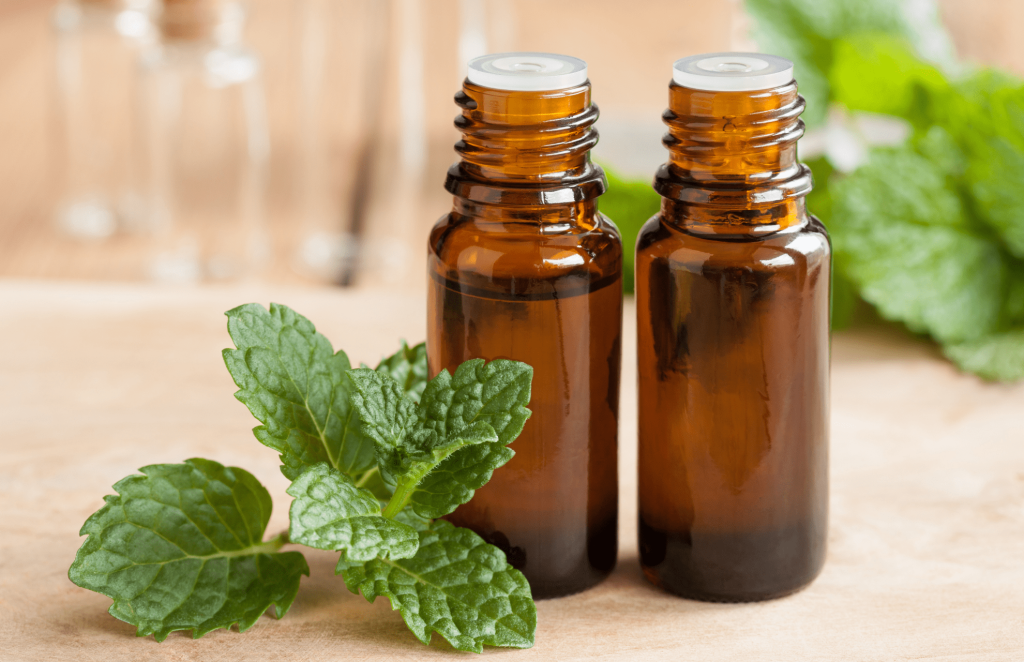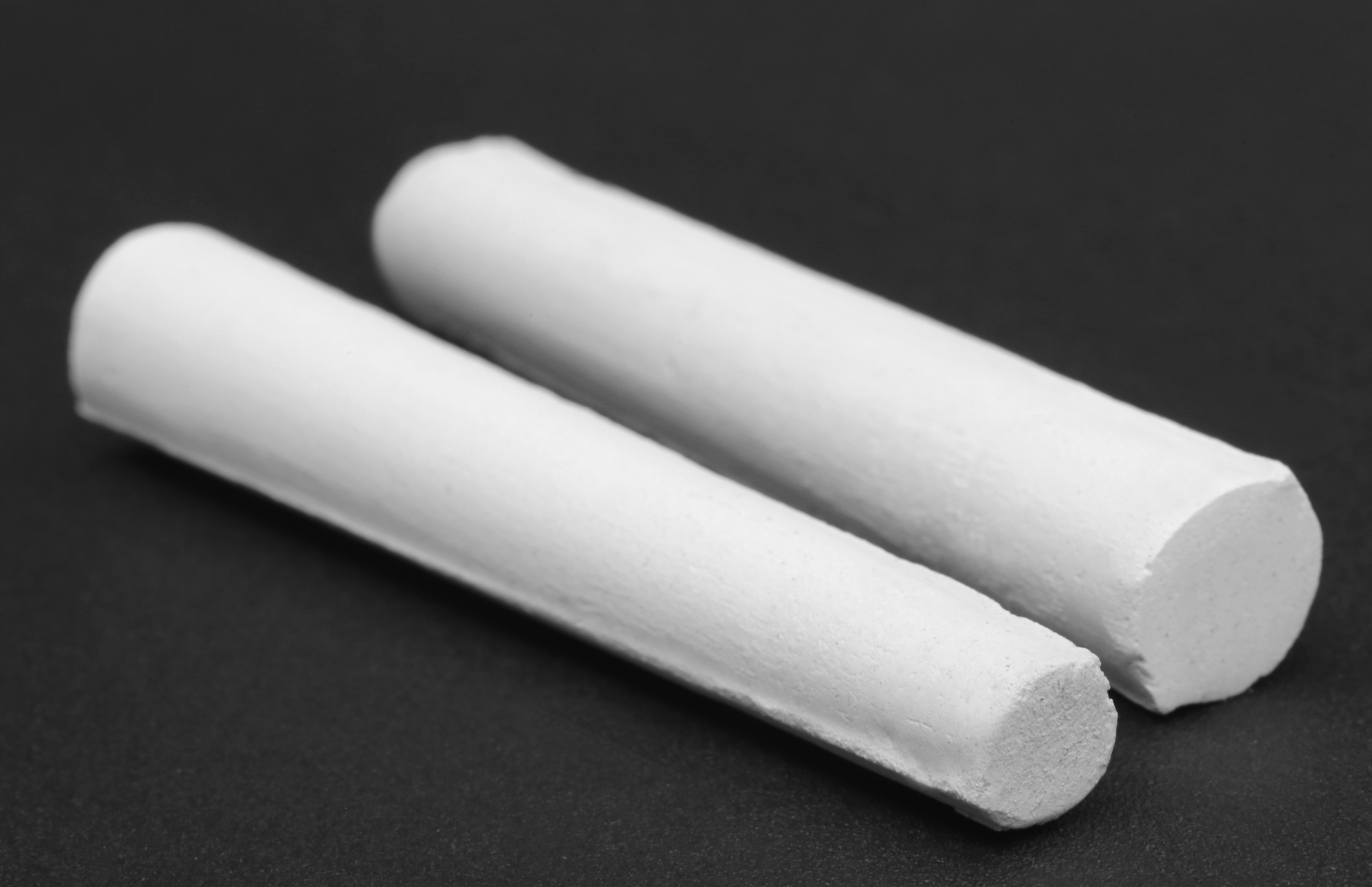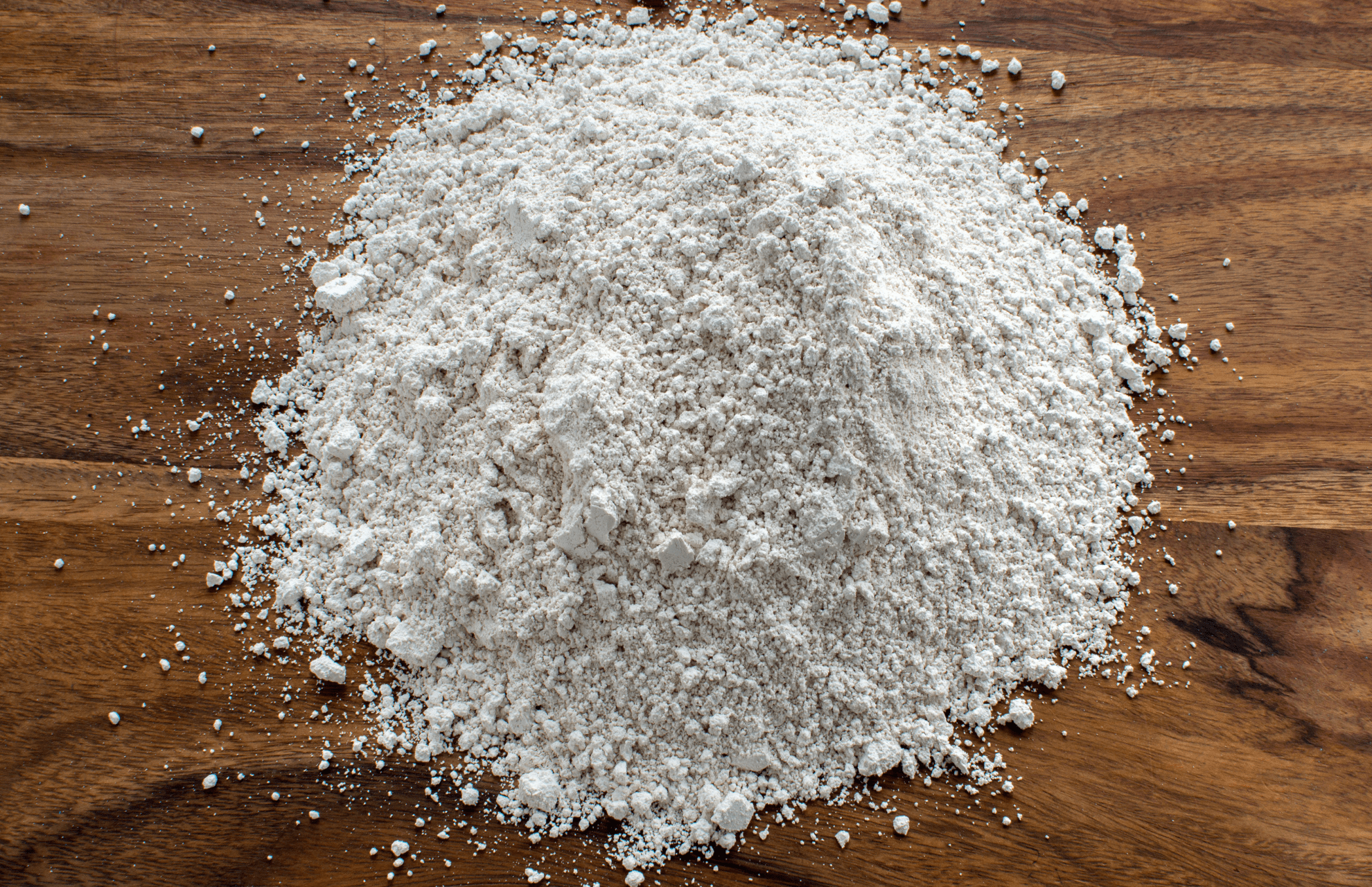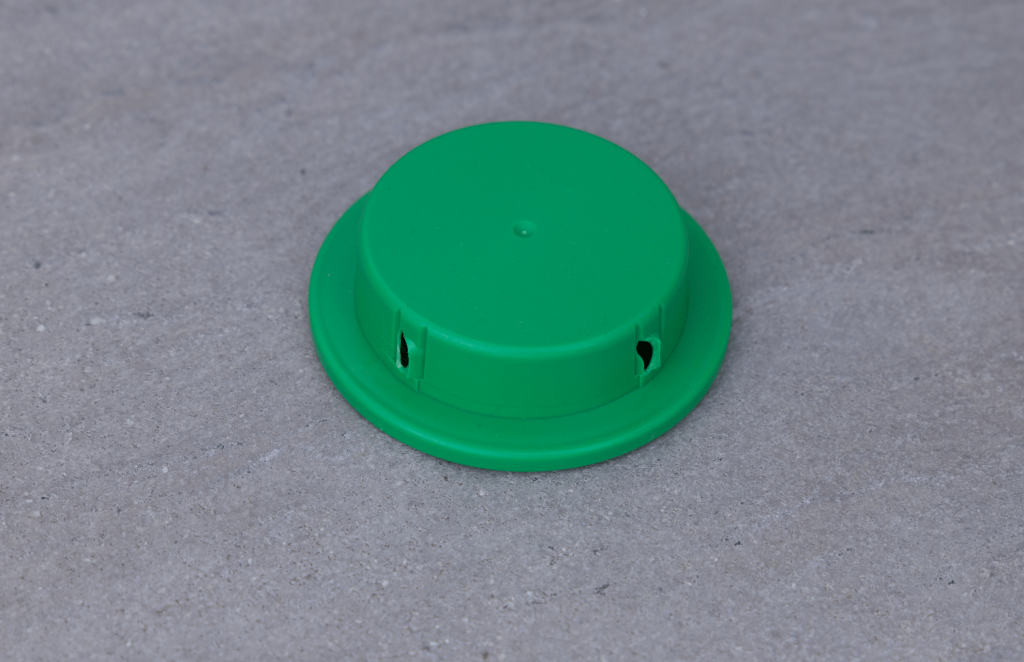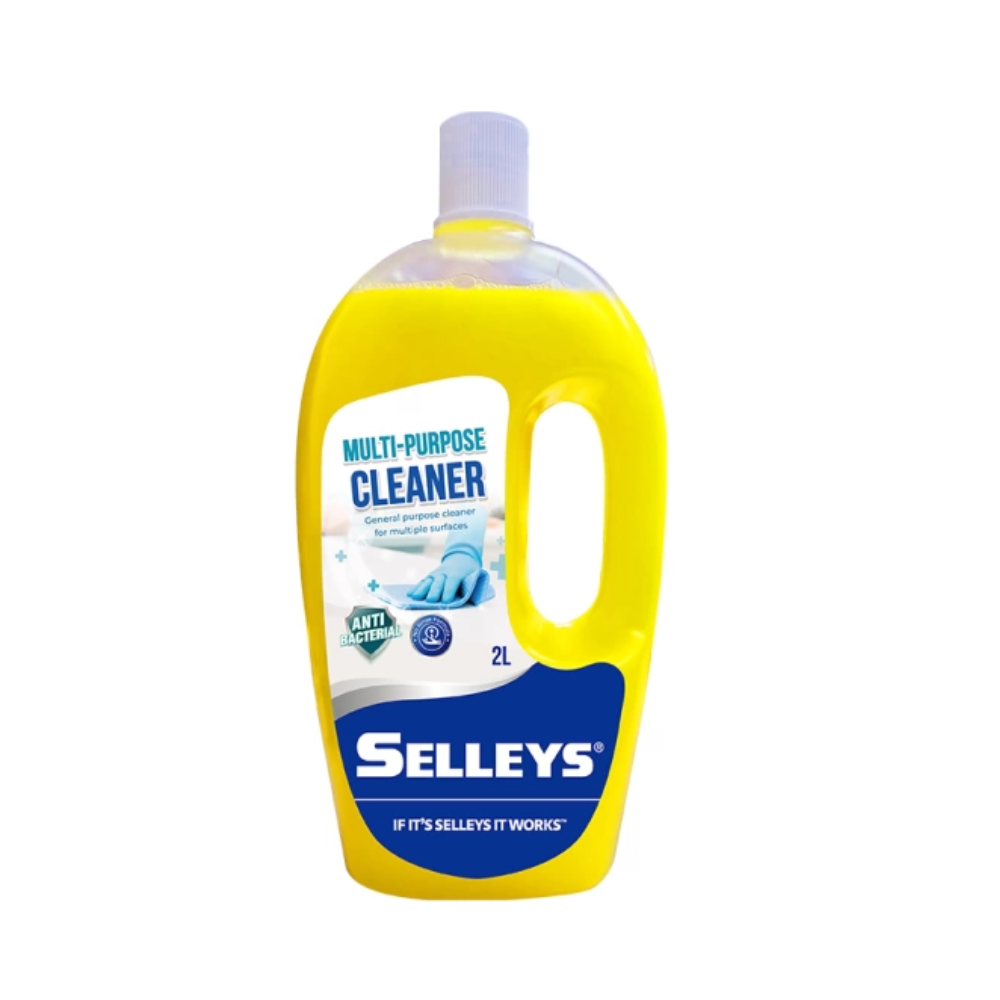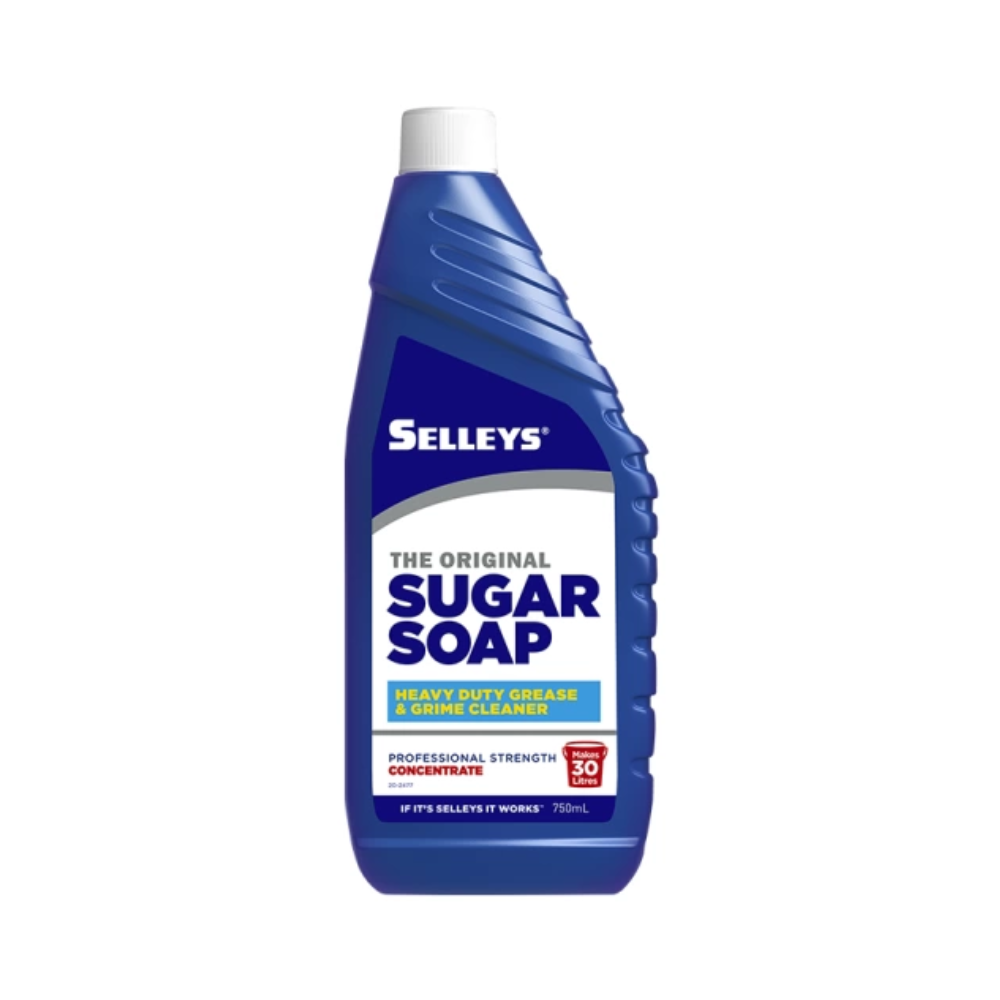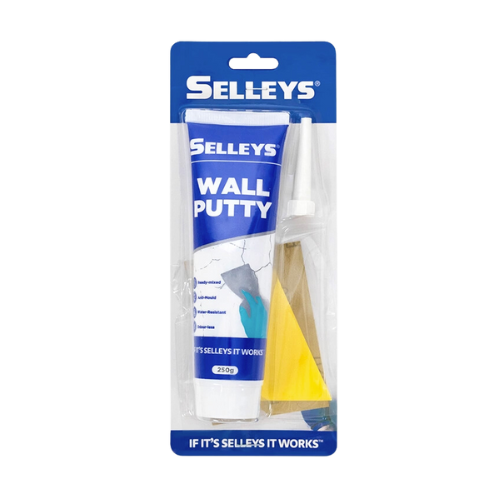One ant crawling, two ants crawling, and suddenly you notice a whole line of ants on your desk, up your walls, and between your floor tiles. How pesky! Ants are incredibly social and often live in colonies, so if you see one ant, there are probably hundreds, if not thousands more.
In Singapore, there are many different varieties of ants. Depending on the type of ants, they can contaminate your food and kitchen utensils, damage your home by biting through wood, and even sting you.
In this article, we’ll be covering a few common causes of ants in your home. Next, we’ll show you how to get rid of ants using items you have around the house. Finally, we’ll give you tips for permanently removing ants in your house, and answer some Frequently Asked Questions (FAQs) about ant infestations!
Table of Contents
Causes Of Ants In Your Home
Ants live alongside us in our urban environments, and many factors can entice them to infest your home. When we study the movements of ants, we find that there are 3 main causes. Knowing what causes an ant infestation is key to overcoming your ant problem once and for all.
Food and water
Like humans, ants consume almost everything from salt to sugar, carbohydrates, protein and more. But ants are especially attracted to anything sweet as it’s a great source of energy for them.
Look out for leftover scraps of food from cooking, baking, or messy eating. Ants will quickly locate where these small crumbs are and leave a scent trail for their colony as a signal to siege.
On top of this, ants also need water to survive, so puddles of moisture caused by leaking water taps or spillages will be prime targets for ants. Ants don’t only drink when they have to but also carry the water back to their colony for storage. Therefore, wet surfaces and stagnant water will quickly lead to problems, specifically an ant problem.
Presence of colonies nearby
The ants you notice in your home may be coming from a colony nearby. The colony may originate from a garden downstairs or even your neighbour’s house.
If their current living conditions become unfavourable, the ants may start looking for a new home nearby. They may stumble across the cracks, holes, and gaps in your home and decide to make it their own!
Weather
Ants are very picky with their living conditions. Although they generally thrive in the hot and humid climate of Singapore, ants may be compelled to move into your home to seek shelter when it’s particularly wet, windy, or hot outside.
After all, your house is generally at a constant temperature, has more space for ant colonies to spread themselves within, and provides a constant source of nutrition!
How To Get Rid Of Ants In Your Home
Here, we’ll share 11 methods to get rid of ants in your home. You can keep these methods in mind when you’re dealing with an ant colony in your house, or when you don’t see one but want to make sure you’re well-prepared!
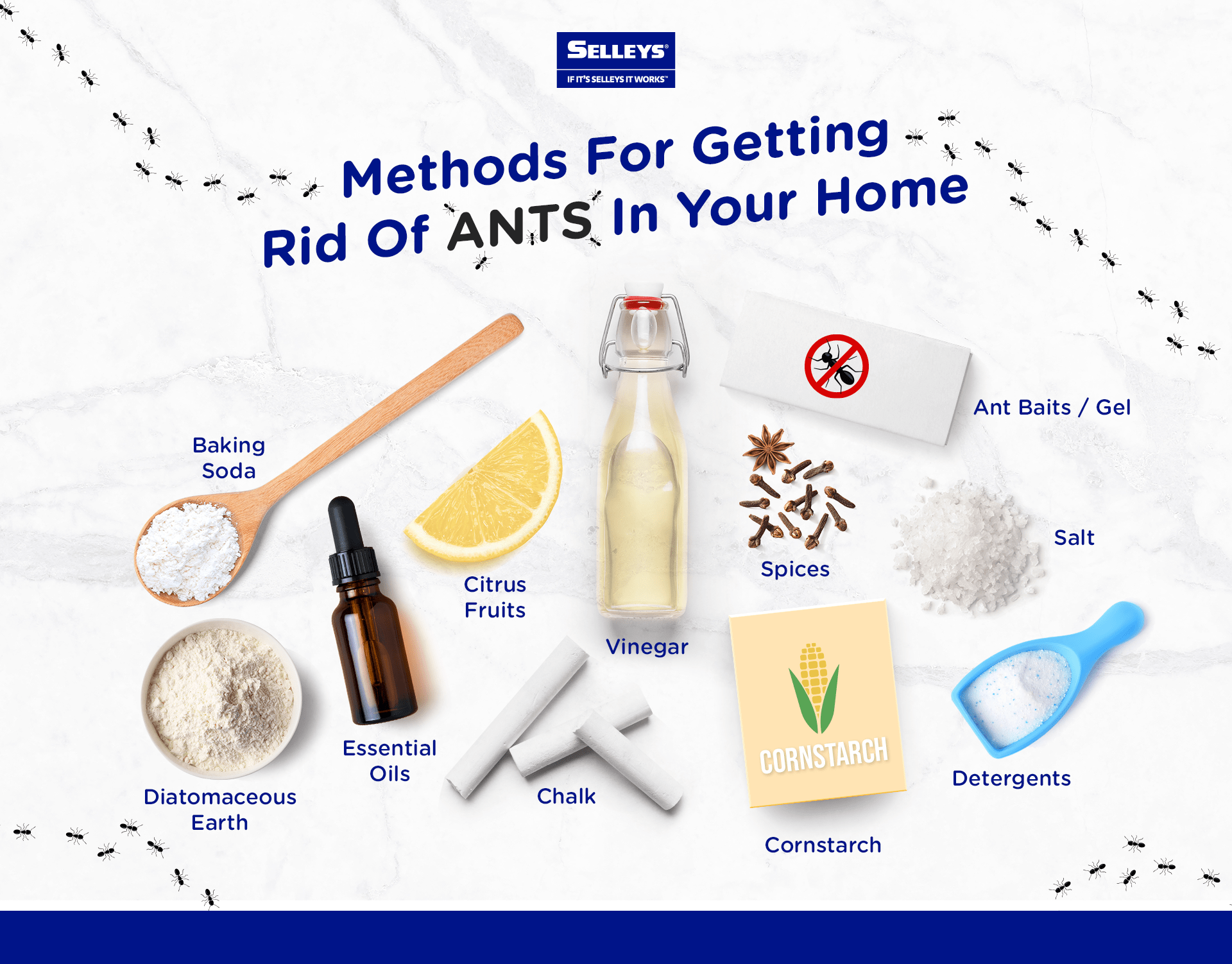
Method 1: Citrus fruits
Citrus fruits like oranges, grapefruits, limes, and lemons, are an amazing tool for fighting ant infestations. Citrus peels contain the acidic oil D-limonene which is toxic to ants.
To use these fruits, cook the peels in a pot filled with water until it steams, but not boils. Leave this mixture to cool overnight, and you’ll get a liquid that kills ants upon contact and removes the scents responsible for creating their trail.
This method is great because it’s natural, uses what would otherwise be thrown away and smells good, unlike store-bought insect sprays. However, boiling citrus peels requires a long preparation time, and getting the peels may be a challenge if you don’t consume citrus fruits.
Method 2: Vinegar
Just like citrus peels, vinegar works because it’s acidic by nature. To create a vinegar solution, we recommend combining the vinegar with equal parts of water to dilute the mixture. Next, pour it into a spray bottle and use it as a spray. The solution will kill ants immediately and mess with their trails.
While this method involves little prep time, the smell of vinegar may still linger for a few days, despite diluting it with water.
Method 3: Spices
In general, spices like black pepper, cinnamon powder and cayenne seasoning are repulsive to ants. Ants shun the powerful and pungent odour of these spices, so you can keep ants away from infestation areas by sprinkling some powder around the area.
This makes your kitchen smell amazing and is a fuss-free way to deal with an infestation. However, spices don’t kill ants – they simply deter them, so in the long run your ant problem may still persist.
Method 4: Baking soda
While citrus fruits and vinegar kill ants upon contact, baking soda kills ants when it’s consumed. Hence, in order for the baking soda to be effective, you must first trick the ants into eating it by mixing it with equal parts of sugar and leaving it out in the open.
While this is relatively easy to set up, it may not be the most effective method. Moreover, this method may become a hazard for those with pets or toddlers at home. Consuming large amounts of baking soda can result in an overdose or allergic reaction.
Method 5: Salt
If you’re just moving into a new space, or don’t have many items in your pantry, you can consider using salt to get rid of ants.
Salt, just like baking soda, kills ants through ingestion. In this case, simple table salt mixed with water can form a mixture that eliminates ants by dehydration. Simply add the mixture into a spray bottle, and spray a light mist over key areas around the house.
This method requires fewer ingredients and is less toxic for pets and children. However, you’ll need to spray the mixture frequently on the affected areas in order for it to be effective.
Method 6: Cornstarch
Cornstarch is a well-known ant killer, but it may be less intuitive to use. Unlike salt, which works simply by dissolving it in water, using cornstarch will require you to find a way to trap or cover ants with the powder.
Additionally, when covering ants with cornstarch, a powdery mess is created. Despite this drawback, cornstarch is sometimes the chosen option just because of how simple it is.
Method 7: Household detergents
Detergents such as glass cleaners, dishwashing liquids or hand soap can be used to deal with ant infestations. They can remove scent trails that ants use to attract their colony, leaving them disoriented. This deters ants from approaching your living spaces and food.
While normal household detergents can be useful in removing the ants’ scent trails, it’s best to keep your space clean with dedicated household cleaning detergents!
Method 8: Essential oils
Essential oils like plant oils, lemon, peppermint and eucalyptus, are a pleasant-smelling way to deal with ants in your home. Just mix a few drops of essential oil with water and use it as a spray around the house to deter ants from running all over the place.
It’s important to note, however, that this method may not be suitable for homes with pets. While the scent of essential oils is often said to improve your mood and well-being, the smell may be off-putting for house pets. Cats, in particular, are exceptionally sensitive to essential oils.
Method 9: Chalk
Remember chalk from your days in school? Well, that same chalk is made of calcium carbonate, and when drawn in a thick line, will interfere with an ant’s scented trail. This makes it much harder for ants to find their way to their food targets.
This is a quick and easy solution, especially for temporary events where you may be outdoors preparing food. However, chalk is easily washed away by rain and water so you’ll need to redraw the lines from time to time.
Method 10: Food-grade diatomaceous earth
Diatomaceous earth is the common name for silicon dioxide dust obtained from fossilised algae. Simply sprinkle a small handful near ant nests and watch it work its magic!
This powder is lethal for ants, and while it isn’t poisonous in nature, it could potentially cause respiratory irritation. Thus, it’s important to exercise caution if you have children or pets at home, or if you or a family member has a respiratory condition.
Method 11: Ant baits or gels
Ant baits, or gels, are tiny, enclosed capsules that are set up in ant-infested locations.
The pods contain poison that the ants bring back to their nest, thinking it’s food. When the poison is ingested, the ants are killed. Therefore, this method is commonly cited as being very useful for eliminating entire colonies.
Ant baits and gels are toxic by nature and can be dangerous if you have pets at home. Also, finding the right location to set them up is often a challenge.
How To Get Rid Of Ants Permanently
Getting rid of ants permanently may seem like an impossible task. However, as long as you’re committed to setting aside an hour or two every week, your persistent efforts will pay off in the long run.
Imagine not having these pests crawling all over your house and swarming your kitchen – that’s the kind of home environment you can potentially live in if you follow these handy tips.
Store food well
When you store your food well in airtight containers and in closed shelves, ants colonies will have no incentive to go snooping around your house. While everyone practises this to a certain extent, people often underestimate how thorough you have to be to get rid of ants permanently.
Make sure you use airtight containers for all kinds of condiments and food, whether cooked or raw.
Keep your house clean
Ants cannot see very well – they rely heavily on their sense of smell to navigate. Thus, to keep ants off of your living space permanently, you’ll have to view cleaning as a routine, persistent task.
Use dedicated cleaning solutions to clean the surfaces in your home, remove food stains, and get rid of the scent trails that ants use to attract their colony.
- General cleaning
General cleaning, or an overall wipe-and-wash throughout the entire house, should be done once a week. While cleaning, focus on areas such as tabletops, countertops and stoves as they’re more likely to contain food residue.
For general cleaning, you can use Selleys Multi-Purpose Cleaner, which is specially formulated for household use.
This multi-purpose cleaner effectively cuts through grease, grime and dirt on key surfaces like countertops, floors and tiles. Moreover, because it’s gentle on the skin, clothing and furniture, it can be used on a variety of surfaces.
Use Selleys Multi-Purpose Cleaner to keep ants at bay and protect your loved ones from germs!
- Deep cleaning
While many may assume that ant problems only occur in dirty homes, this isn’t true! Ants are extremely sensitive to even the tiniest crumbs of food, so even a clean house may still suffer from an ant infestation. That’s why engaging in periodic deep cleaning is crucial for getting rid of tiny crumbs that may be caught in the nooks and crannies of your home!
Deep cleaning should be done once every 6 weeks, or every 2 months, and it involves closely inspecting every corner and surface of your house for cracks and tougher stains.
Selleys Liquid Sugar Soap is a strong, high-performance cleaner that effortlessly breaks down heavy-duty grease and grime. It’s highly concentrated, so a 750ml bottle of Selleys Liquid Sugar Soap can yield up to 30 litres of cleaning solution when diluted with water.
Selleys Liquid Sugar Soap is safe for most, if not all, washable surfaces including walls, floors, tiles and laminated surfaces. Thus, it’s the best choice for thorough deep cleaning!
Seal all entryways
It’s normal for wood, fake walls, and household features to crack over time, and these cracks can serve as entryways for ants to enter your home and build a nest.
To fill these cracks, you can use Selleys Wall Putty Tube. This ready-mixed filler is water-resistant and has anti-mould properties. It also comes in a tube form for easy application so you can fill any cracks or gaps in your wall easily and effectively.
Engage a pest control company
If you’ve tried all possible methods to get rid of ants from your home and failed, it may be time to seek professional help.
Pest control companies employ professionals who are well-trained and equipped with a thorough understanding of insect behaviour. They also have the most up-to-date tools and equipment to safely and effectively remove ants from your property.
After getting rid of the ants, you can work on preventing ant colonies from infesting your home by keeping your house clean, storing food properly and sealing all potential entryways. This is much easier to do and ensures that your home won’t be invaded again.
FAQs About Getting Rid Of Ants
Do I have an ant or termite infestation?
Ants and termites appear to be very similar – they’re both common household pests, are of similar size, and can damage your house. However, if you look closely, they actually have different anatomies.
Termites usually have white to light brown bodies and don’t have pinched waists. If they have wings, they tend to be pale and translucent. Comparatively, ants usually have a pinched waist and brown wings. Also, only ants can be found in red.
Where might I spot an ant infestation?
Ant infestations are commonly found around food sources such as pantries, cupboards, bins, and countertops where crumbs or leftover food tend to accumulate. Ants can also be found in or near cracks around your property, as they’re an entryway to your house and a suitable place to build a nest.
Can coffee grounds get rid of ants?
Coffee grounds don’t exterminate ants or cut off their scent trails. They simply deter ants from approaching the area where the coffee grounds are placed.


